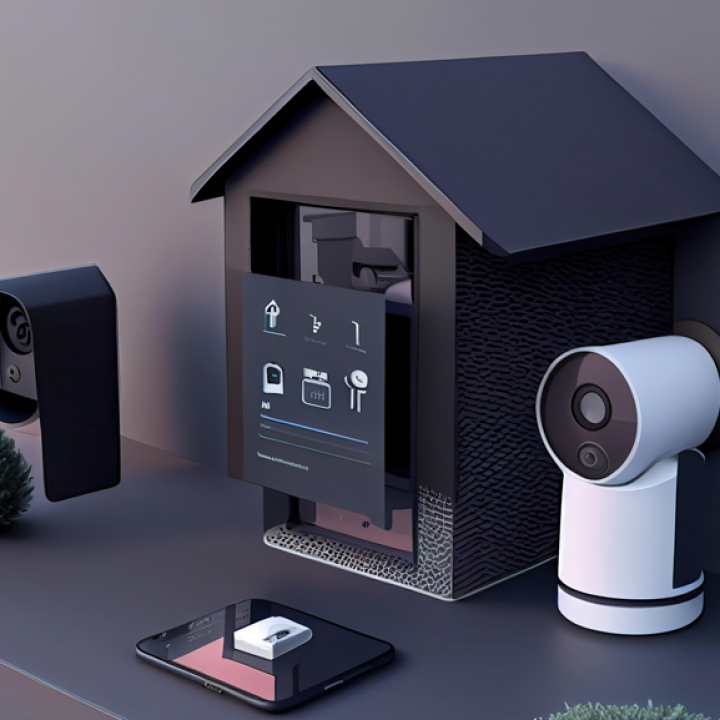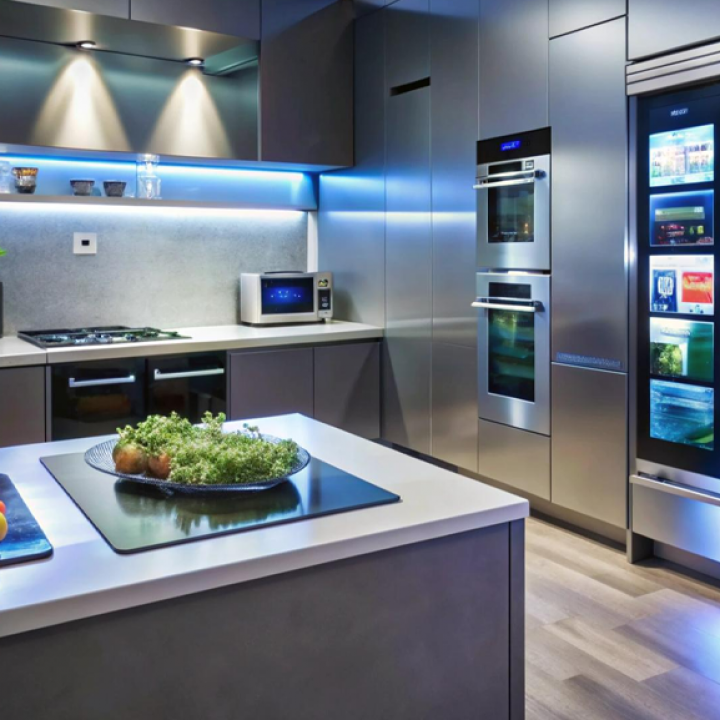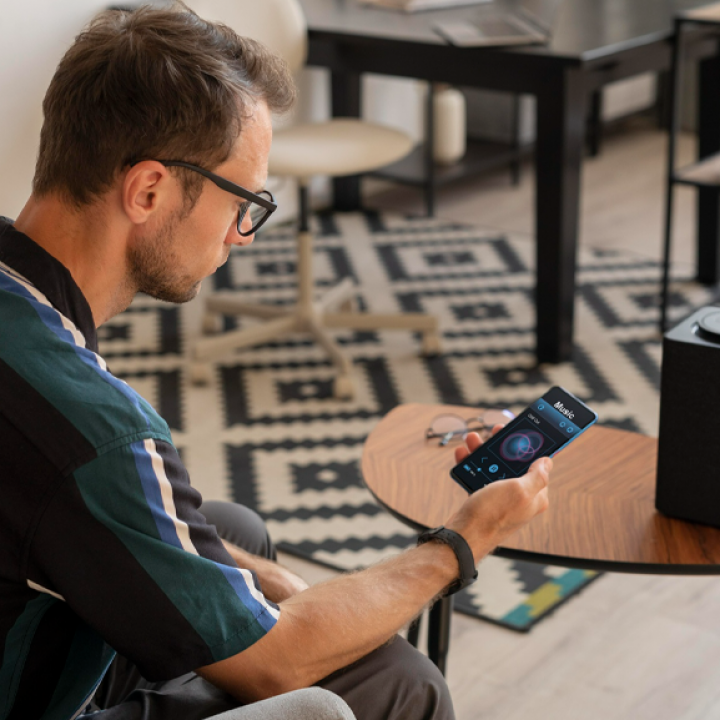
Ultimate Guide to Smart Home Automation: Enhancing Your Lifestyle
In today’s fast-paced world, convenience and efficiency are at the forefront of our lives. Smart home automation is revolutionizing how we interact with our living spaces, making them not only more comfortable but also more secure and energy-efficient. This ultimate guide will walk you through the essentials of smart home automation and how it can enhance your lifestyle.
What is Smart Home Automation?
Smart home automation involves connecting various devices and appliances in your home to a central hub, allowing you to control them remotely via your smartphone or other smart devices. This integration provides you with the ability to manage your home efficiently, regardless of where you are. From controlling lights and thermostats to securing your home with smart locks and cameras, the possibilities are endless.
Benefits of Smart Home Automation
1. Enhanced Convenience
Imagine walking into your home and having the lights turn on automatically, the thermostat adjust to your preferred temperature, and your favorite playlist start playing—all as you enter. Smart home automation provides this level of convenience, allowing you to create personalized routines that simplify your daily life.
2. Energy Efficiency
Smart home devices can help you save on energy costs. Smart thermostats, for instance, learn your habits and adjust the heating and cooling accordingly, ensuring that energy isn’t wasted when you’re not home. Additionally, smart lighting systems can be programmed to turn off automatically when no one is in a room, reducing your energy consumption.
3. Increased Security
Safety is paramount in any home. Smart home automation enhances your security with features such as smart locks, motion sensors, and security cameras. You can monitor your home in real-time and receive alerts if any suspicious activity is detected. Moreover, you can control your home’s security system remotely, providing peace of mind whether you’re on vacation or at work.
4. Improved Accessibility
For individuals with mobility issues, smart home automation can significantly improve their quality of life. Voice-activated devices and automated systems enable those with disabilities to control their environment easily. For example, voice-controlled assistants can adjust lighting, temperature, and even open doors, making daily tasks simpler and more manageable.
Getting Started with Smart Home Automation
1. Choose Your Hub
To begin your smart home journey, you’ll need a central hub. This could be a smart speaker like Amazon Echo or Google Nest Hub. These devices not only control other smart devices but also provide information and entertainment through voice commands.
2. Select Your Devices
Start by choosing the devices that fit your lifestyle. Consider smart lights, thermostats, locks, and cameras. Many brands offer compatible devices that work seamlessly with your chosen hub.
3. Set Up Routines
Once you have your devices in place, create routines to automate tasks. For instance, you can set a routine to turn off all lights and lock doors at bedtime, or have your coffee maker start brewing when your morning alarm goes off.
4. Explore Advanced Features
As you become more comfortable with your smart home setup, explore advanced features such as integrating IFTTT (If This Then That) for more complex automations. This can include actions like receiving notifications when someone rings your doorbell or adjusting your thermostat based on weather forecasts.
Smart home automation is not just about technology; it’s about enhancing your lifestyle. With the right setup, you can enjoy greater convenience, security, and efficiency in your daily routine. Whether you’re looking to improve your home’s energy efficiency or create a more comfortable living environment, smart home automation offers a myriad of benefits that can transform your space into a modern sanctuary. Start your journey today and unlock the potential of a smarter, more connected home.




